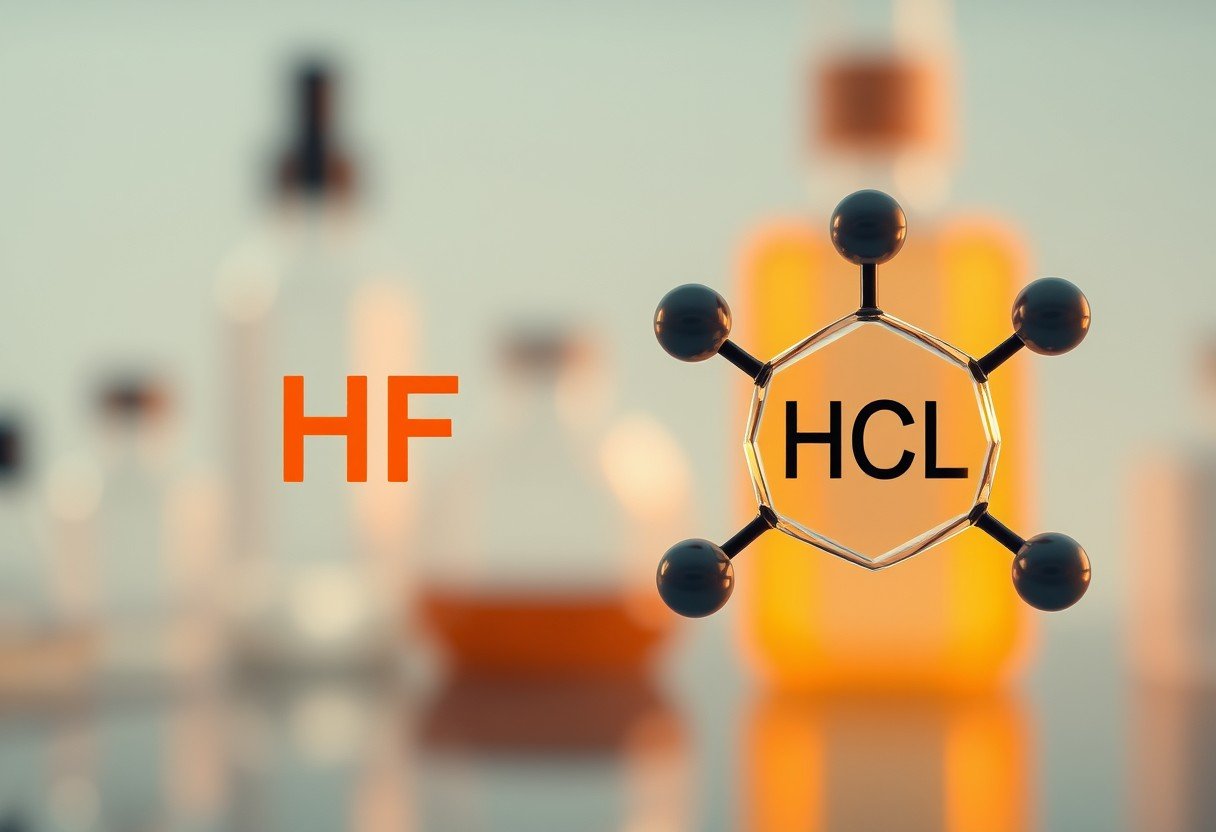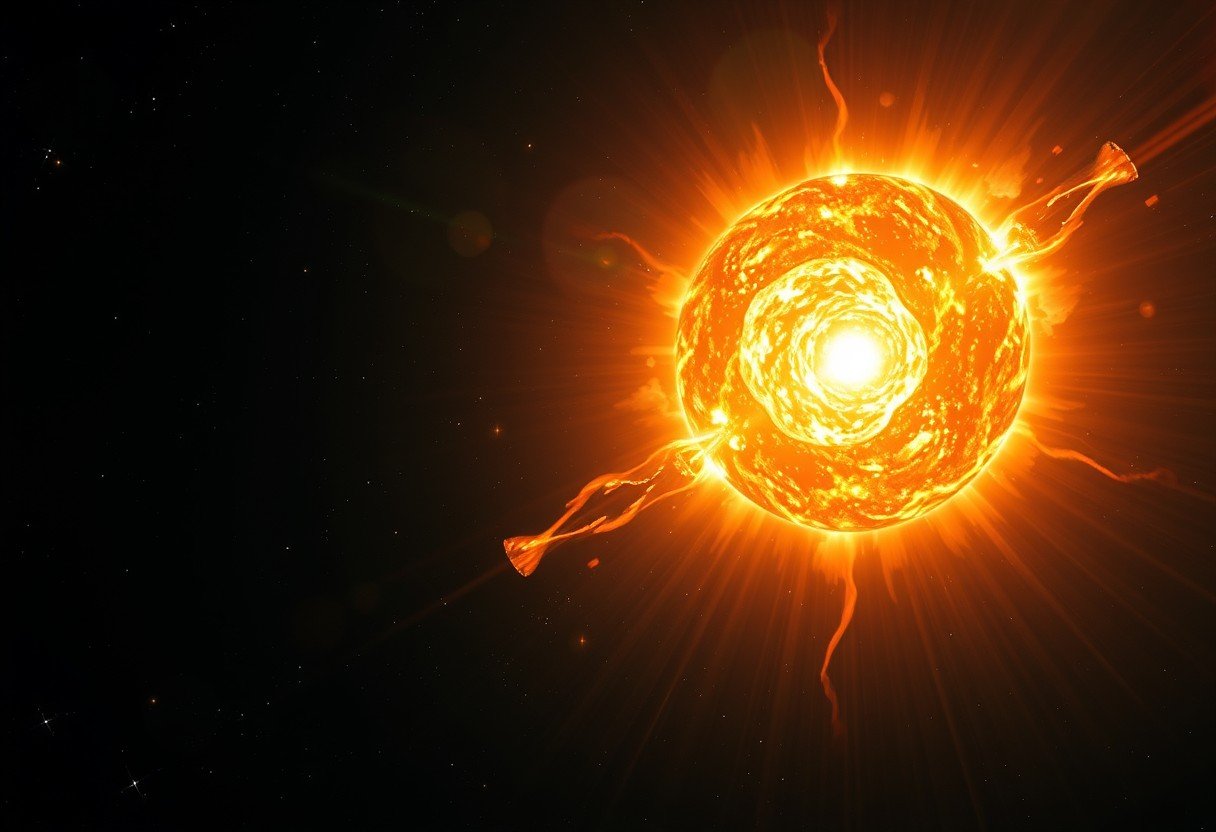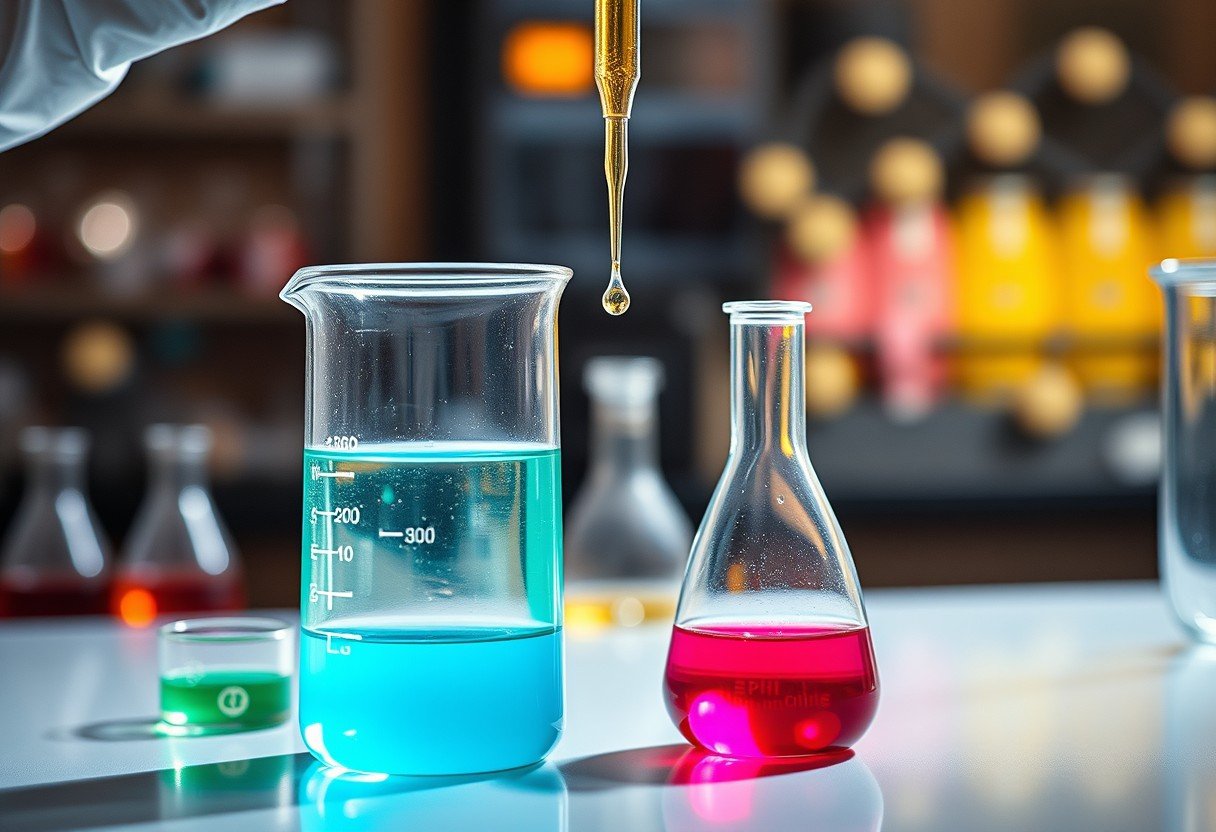Understanding which molecule, Hf or HCl, has a more polar bond is essential for predicting chemical reactivity, solubility, and molecular interactions. This article explores the atomic structures, bonding characteristics, and electronegativity differences of Hf and HCl to determine which bond is more polar and why this matters in chemistry.
Molecular Structure and Bonding in Hafnium (Hf)
Hafnium (Hf) is a transition metal, sitting below zirconium in the periodic table and possessing an atomic number of 72. Its atomic structure is typical of transition metals, with electrons distributed in multiple shells and a partially filled d-subshell. This electronic configuration gives Hf unique metallic properties and affects how it bonds with other atoms.
Unlike molecules that form distinct covalent links, Hf atoms are usually found in a metallic lattice. This means each Hf atom shares its valence electrons freely with many neighbors, resulting in a “sea of electrons.” This delocalization is responsible for the metal’s high electrical conductivity and malleability.
- Hf’s metallic bonding is non-directional and involves many atoms, unlike the specific pair-wise sharing seen in covalent bonds.
- There is no significant difference in electronegativity between Hf atoms in the metal, so no permanent dipole moments are formed.
As a result, pure Hf metal does not possess polar bonds. Even in its compounds, Hf tends to form bonds that are less polar compared to HCl because of the smaller differences in electronegativity between Hf and typical nonmetals it bonds with.
Molecular Structure and Bonding in Hydrogen Chloride (HCl)
Hydrogen chloride (HCl) is a simple diatomic molecule made up of one hydrogen atom and one chlorine atom. The molecular structure is linear, with both atoms directly bonded to each other. This straightforward geometry makes it easy to analyze the nature of the bond between them.
The bond in HCl is covalent, meaning the two atoms share a pair of electrons. However, chlorine’s much higher electronegativity causes it to attract the shared electrons more strongly than hydrogen does. This uneven sharing creates a dipole moment, with chlorine carrying a partial negative charge and hydrogen a partial positive charge.
- The dipole moment for HCl is measured at approximately 1.08 Debye, indicating significant polarity.
- This polarity explains many of HCl’s properties, like its high solubility in water and strong acidic behavior.
Because of its polar nature, HCl is a classic example used in textbooks to illustrate what a polar covalent bond looks like and how such polarity affects chemical and physical properties.
Electronegativity Differences and Bond Polarity
Electronegativity is a measure of how strongly an atom attracts shared electrons in a bond. The Pauling scale is most commonly used, where higher numbers mean greater attraction for electrons. The difference in electronegativity between two bonded atoms largely determines the bond’s polarity.
Hydrogen has an electronegativity of 2.20, while chlorine’s is 3.16. This gap of 0.96 results in a bond where electrons are drawn much closer to chlorine, producing a significant dipole.
| Bond | Electronegativity Difference | Bond Type |
|---|---|---|
| Hf-Hf | 0 | Metallic (Nonpolar) |
| H-Cl | 0.96 | Polar Covalent |
In comparison, hafnium has an electronegativity of about 1.3. Even if Hf forms a bond with hydrogen, the difference (0.9) is still less than that in HCl, and the bond often exhibits more metallic or ionic character rather than true polarity.
Comparing Bond Polarities: Hf vs. HCl
When directly comparing the polarities of bonds in Hf and HCl, it becomes clear that the H-Cl bond is significantly more polar. The primary reasons are the large difference in electronegativity between hydrogen and chlorine and the directional, localized sharing of electrons in the HCl molecule.
Hf’s metallic bonds lack the pronounced difference in electronegativity and have highly delocalized electrons. This structure precludes the formation of significant dipole moments and, thus, true bond polarity.
- HCl’s bond is a textbook example of a polar covalent bond, with clear partial charges on each atom.
- Hf’s metallic bonding leads to very weak, if any, polarity, even when it forms compounds, due to smaller electronegativity differences.
This difference in bond polarity is crucial for predicting chemical reactivity. Polar bonds like in HCl tend to make molecules more reactive in polar solvents and more likely to participate in acid-base chemistry.
Impacts of Bond Polarity on Chemical Behavior
Bond polarity influences many molecular properties, including solubility, boiling and melting points, and reactivity. Highly polar molecules like HCl dissolve easily in polar solvents such as water and can ionize to form strong acids.
In contrast, substances with mostly nonpolar or metallic bonds, such as pure Hf, are not soluble in water and exhibit different types of reactivity. The presence or absence of bond polarity determines how these substances interact in both industrial and biological contexts.
- HCl is widely used as a strong acid in industry and laboratories due to its high reactivity and solubility.
- Hf’s nonpolar metallic character makes it suitable for high-temperature applications and as an alloying material rather than for use in reactions involving polar solvents.
The greater the bond polarity, the more pronounced these impacts become, making the study of bond polarity essential for material selection and chemical synthesis.
Experimental Techniques for Determining Bond Polarity
Several laboratory techniques are available to measure and analyze bond polarity. Infrared (IR) spectroscopy is commonly used to observe molecular vibrations that indicate the presence of polar bonds. Polar molecules absorb IR radiation differently than nonpolar ones due to their dipole moments.
Nuclear magnetic resonance (NMR) spectroscopy can also provide information about the electronic environment around nuclei, indirectly revealing bond polarity. For computational chemists, electronic structure calculations using methods like density functional theory (DFT) allow for visualization and quantification of electron distributions and dipole moments.
These approaches are especially valuable for predicting and confirming the polarity of newly synthesized compounds, providing both theoretical and practical insights into chemical behavior.
Conclusion: Which Bond Is More Polar?
HCl has a much more polar bond than Hf due to the significant difference in electronegativity between hydrogen and chlorine. This polarity is responsible for HCl’s strong acid behavior, high solubility in water, and significant dipole moment. In contrast, Hf’s metallic bonds do not exhibit substantial polarity, limiting its reactivity in polar environments. Understanding these differences helps predict and control chemical reactions and material properties in both laboratory and industrial settings.
FAQ
How does electronegativity difference affect bond polarity?
A larger difference in electronegativity between two atoms leads to greater electron imbalance, resulting in a more polar bond. This is why HCl, with its large electronegativity gap between hydrogen and chlorine, is highly polar.
What are the typical electronegativity values for H, Cl, and Hf?
Hydrogen has a value of 2.20, chlorine is 3.16, and hafnium is around 1.3 on the Pauling scale. These differences explain the high polarity of HCl compared to Hf bonds.
Why is HCl considered a strong acid, and how is this related to bond polarity?
HCl’s strong bond polarity allows it to easily dissociate in water, releasing H+ ions. This high degree of ionization makes it a strong acid in aqueous solutions.
Is there any circumstance where an Hf bond could be more polar than HCl?
Under normal conditions, no. Hf’s bonds are either metallic or have smaller electronegativity differences, so they do not reach the high polarity seen in HCl’s covalent bond.
How can bond polarity be measured in practice?
Bond polarity is often measured by evaluating a molecule’s dipole moment (in Debye units), using techniques like IR and NMR spectroscopy, or via computational chemistry methods that model electron distribution within molecules.









Leave a Comment